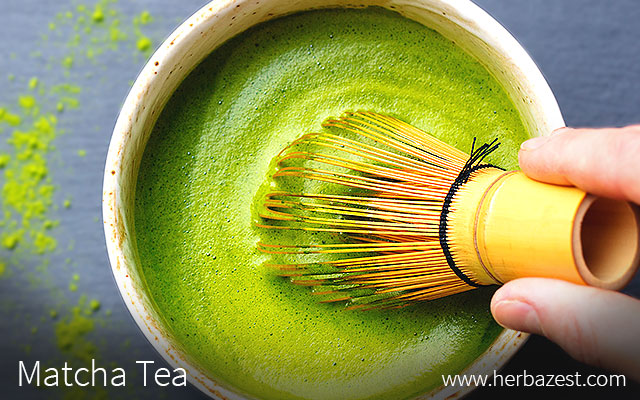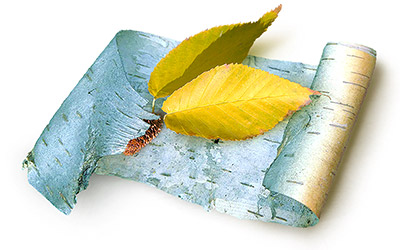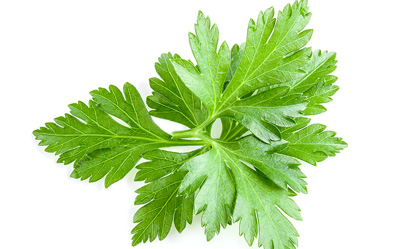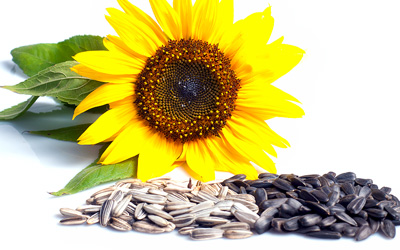Considered Japan's best kept secret, matcha tea is one of the most beloved drinks in that region and other parts of the world. It is the central part of the Japanese tea ceremony and a cherished green powder for Zen Buddhist monks. Moreover, matcha green tea is now widely used for culinary purposes in baking and making various savory dishes, and several of its nutritional properties have been validated by science.
About Matcha Tea
Matcha green tea powder is made of specially grown tea leaves, called matcha, which are picked from tea plants cultivated in shaded locations for three weeks. Once harvested, the leaves are first steamed to stop the oxidation process, as well as for preserving their color and nutrients, and then they are dried and prepared for grinding.
History of Matcha Tea
The origins of tea plant cultivation are believed to have started in China during the Tang Dynasty (618-907 CE), but the practice of grinding the steamed and dried leaves of Camellia sinensis, and then brewing the resultant green powder came later, in the 12th century.
Zen Buddhist monks are attributed to have mastered the technique of making matcha tea. They believe that growing the plants under shaded conditions increases green tea health benefits.
In 1191, this originally Chinese tea made its way to Japan, and for the next 500 years, the green powder was only reserved for the highest officials in the country. Finally, the methods of preparation were modified to make matcha tea affordable and available to the common people. The tradition of drinking matcha tea remains highly regarded in Japan until this day, whereas its consumption in China has significantly subsided.
Matcha Tea Benefits
It is known that the benefits of matcha tea that Zen Buddhist monks have long observed are due to its higher content of L-Theanine and caffeine, as well as to its naturally occurring catechins. The practice of shade-growing tea plants is believed to contribute to that.
Scientific studies have found that the active compounds in matcha green tea powder play an important role in the prevention of degenerative diseases by lowering cholesterol, supporting vascular health, and promoting weight loss, among other therapeutic actions. Once called the “elixir of the immortals” by the monk who brought it to Japan, matcha is also believed to have anti-aging properties, perhaps due to its abundance in antioxidants.
Matcha Tea Recipe
There are two traditional Japanese methods of preparing matcha tea: thick (koicha) or thin (usucha), each of one requiring different amounts of the green tea powder, which makes a difference in lightness and flavor. Most popular recipes in the West use one teaspoon of matcha tea for two ounces (60 mL) of water, but this proportion can be adjusted to taste.
Preparation:
Heat the water until right before boiling
Sift the matcha tea into a cup to avoid lumps
Add hot water and whisk well in a zigzag motion until tea is frothy
Where to Buy Matcha Tea
Matcha is fairly easy to find these days, especially in health food stores, Asian markets, and online. The majority of good quality matcha comes from Japan, as well as from China and Taiwan, so it is recommended to check the origin on the label. Also, a vibrant green color indicates a better quality, so yellowish-brownish green tea powder should be avoided.
The price of matcha tea depends on its quality. It is available in three grades: Culinary grade, which is the cheapest and suitable for cooking; Premium grade, slightly more expensive, but still affordable; and Ceremonial grade, which has the best quality and the highest price. The highest grade of matcha green tea powder has a deeper and slightly sweeter flavor, as opposed to a bitter taste found in low-quality grades.
Since brewing matcha tea is an important ritual in Japan, the tools helpful in its preparation, such as Japanese ceramic bowls, bamboo spoons and chasen whisks, as well as other tea room accessories, are available for purchase in many Asian stores and make a lovely gift, not only for the tea lovers.
Sources
- Journal of the American College of Nutrition, Beneficial effects of green tea – a review, 2006
- Matcha: A Lifestyle Guide
- The Matcha Miracle: Boost Energy, Focus and Health with Green Tea Powder
- The Story of Tea: A Cultural History and Drinking Guide, pp. 165-166




